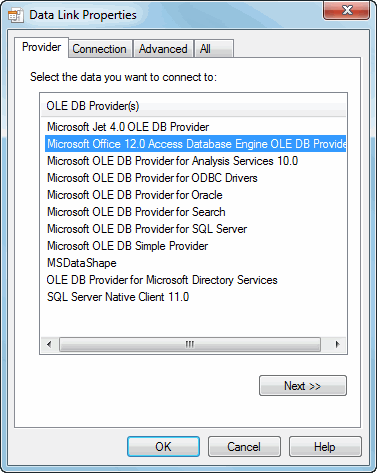
This means you can manage your data centrally from any location. With Desktop as a Service for individuals, you would have the power to secure and save all your data in one place.

From accessing important apps and data to invoice details, you can access your virtual desktop and check everything without any hassle.

This remote accessibility is feasible for individual workers or freelancers in every manner. What will you do if you are out with family and a client calls to make a small change? If you use DaaS, you can simply open the document and respond to the client on your phone or tablet. When you don’t have remote access to data and desktops, your work can become troublesome. Everything is streamlined and managed by a Cloud Service Provider (CSP), from backup support to data security. Read on: Why An Individual Should Use Desktop as a Serviceĭesktop as a Service for individuals is a smart way to allow freelancers and individual workers to operate remotely without any glitch. Desktop as a Service for individuals helps you manage your work remotely from any device. To resolve this issue, you can use Desktop as a Service (DaaS).

#HOW TO ACCESS MICROSOFT ACCESS DATABASE CODE#
You can then populate the data via a macro or VBA code to handle the data when required.
Loading forms can be memory intensive and to help the performance and avoid locking consider opening a form as ‘unbound’ to the data source. This all helps with performance and speeds up the queries in Microsoft Access. The other type of key often overlooked is known as the ‘Foreign’ key. When designing your tables, learn to set indexing to the commonly used fields and not just set the ‘Primary’ key in a table. Make sure you store the ‘Tables’ database (commonly known as BE- Back End) on the server or shared network folder with the other database (commonly known as FE – Front End) on each user’s desktop which has a link to the BE database. Have all the tables in one database and the remaining objects in another. The most popular action to take is to split the Access database into two parts. So in order to help you along, there are 5 reasons to deal and dispense with the myth why Access can be used in a multi-user environment. My view is simple try Microsoft Access first and then at least if you need to move to a bigger application then you can move on knowing that at least you gave it a go! There are a lot of opinions whether Microsoft Access can actually handle multiple users and large volumes of data and for sure there are pros and cons (which is not going to be covered here), There’s a saying in any field of expertise “ Put 7 experts in a room and ask them for an opinion and you will get 21 different answers.“ In 2004, I was asked to build an Access Database that would handle over 30 users to utilise and place orders, processing them and have other members fulfil the goods in a manufacturing module, First of all, I had to establish not how many users but how many concurrent users would be expected to use the Microsoft Access database application which the client confirmed 25-30 users would were needed to hit the same database at the same time. If I had a Pound (or dollar) every time I heard that Microsoft Access is not good enough when dealing with multiple ‘concurrent’ users and that performance degradation and locking issues are the main symptoms when trying to share an Access database I’d be able to retire and give more of my time back into society which really needs my help!







 0 kommentar(er)
0 kommentar(er)
